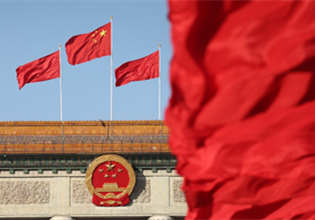Tiangong-2 carries Aohan grains into space
On Sept 15, China’s Tiangong-2 space lab blasted off at the Jiuquan Satellite Launch Center carrying five different types of coarse grains with eight distinct cultivars provided by Aohan Banner, Chifeng city, Inner Mongolia autonomous region.
With a total weight of 192 grams, the grains carried into space included buckwheat, sorghum, proso millet, and yellowhorn (also known as sorbifolia), according to Xu Feng, head of the Agricultural Heritage Protection Center of Aohan.
As an experimental trial, these grains are being taken into space for genetic variations under the effects of an aerospace environment, such as exposure to cosmic radiation, a high vacuum circumstance, and microgravity. These experiments will alter the chromosome structure of the grains and allow them to be readjusted.
Compared to cultivation on Earth, space breeding is expected to increase the possibilities for producing diverse genetic variations, and most new varieties feature strong disease-resistance, high yields, and good quality.
Since 2013, the Aohan Banner government has organized a series of programs to collect different cultivars from local farming families, and then selected over 200 types of coarse cereals over the past few years.
Recognized for its grain production, Aohan has 1.3 million mu (86,700 hectares) dedicated to planting coarse grains. As a place that has been famous for its agriculture since ancient times, the local area has protected traditional varieties of grain and taken the lead in developing new strains.



 Print
Print Mail
Mail





